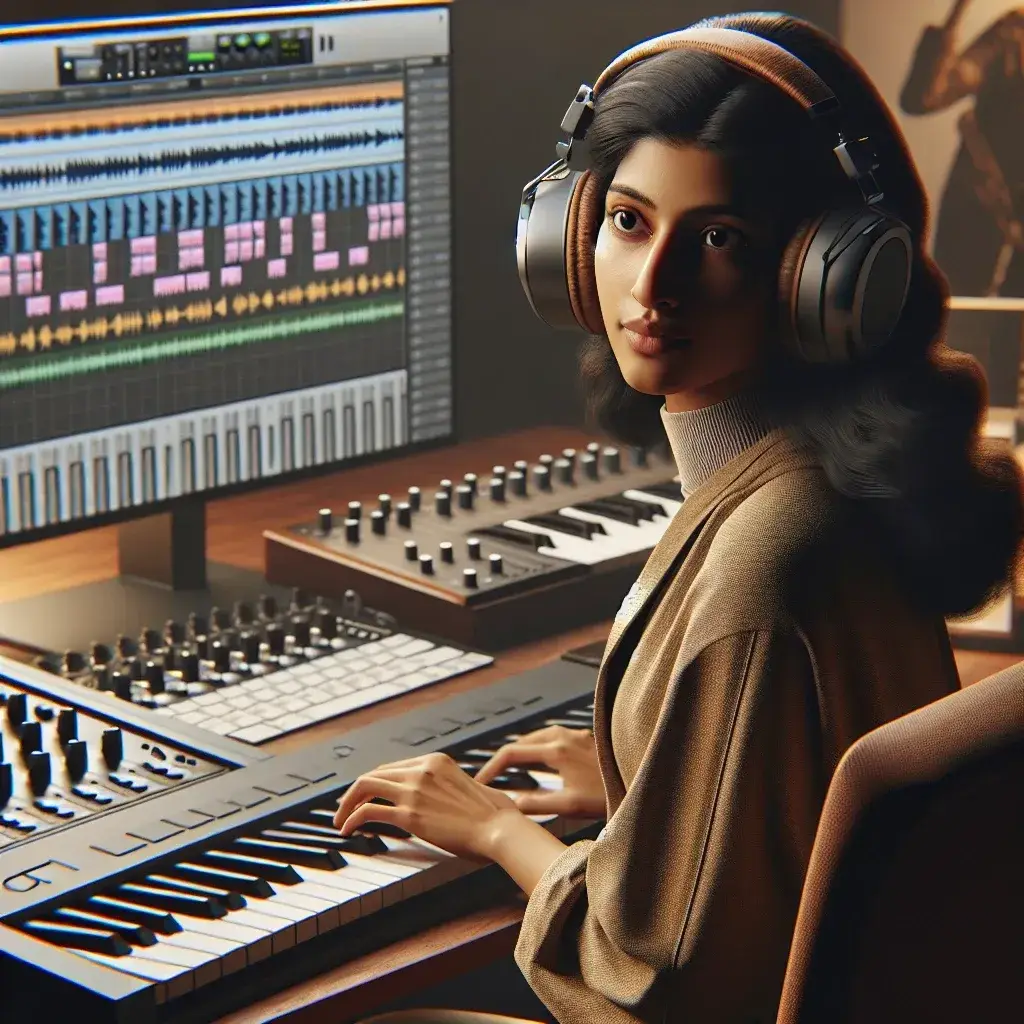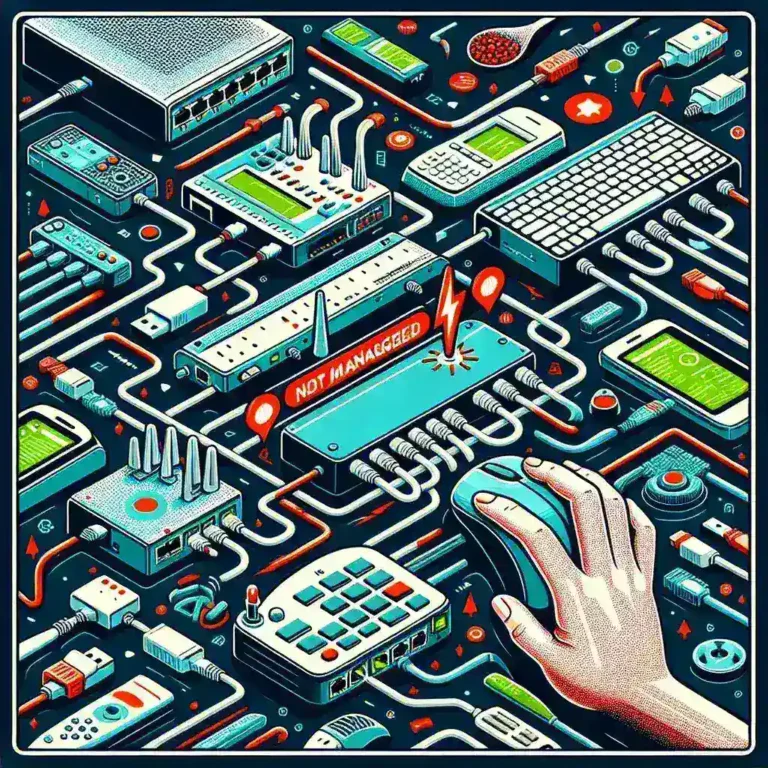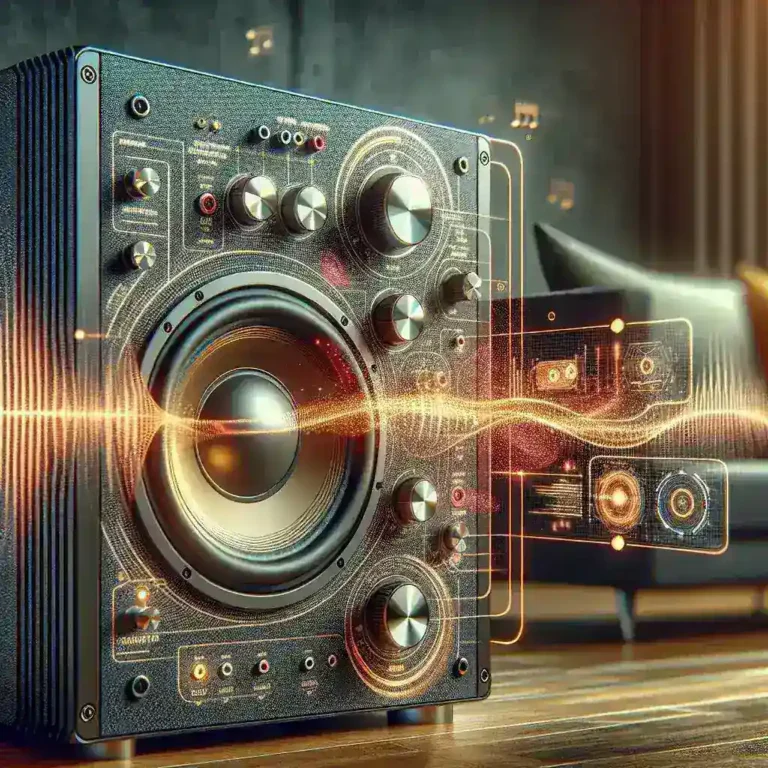A Digital Audio Workstation (DAW) has revolutionized the music production industry. These powerful software tools offer musicians, producers, and sound engineers a comprehensive platform to create, edit, mix, and master music. The advantages of using a DAW are numerous, making it an indispensable tool in modern music production. In this article, we will delve into the key benefits of using a DAW, emphasizing why it has become the cornerstone of contemporary music creation.
Overview of DAWs
A Digital Audio Workstation is a software application used for the production, recording, mixing, and editing of audio files. DAWs come equipped with various features and capabilities that cater to both amateurs and professionals in the music industry. The following table provides an overview of popular DAWs and their key features:
| DAW | Platform | Key Features |
|---|---|---|
| Ableton Live | Windows, macOS | Live performance capabilities, intuitive interface, extensive library of sounds and instruments |
| FL Studio | Windows, macOS | Piano roll for sequencing, real-time stretching, user-friendly interface |
| Logic Pro X | macOS | Comprehensive toolkit, advanced MIDI capabilities, high-quality virtual instruments |
| Pro Tools | Windows, macOS | Industry-standard, powerful editing tools, large plug-in ecosystem |
| GarageBand | macOS, iOS | Beginner-friendly, wide range of built-in instruments, seamless integration with Apple products |
Advantages of Using a DAW
1. Enhanced Creative Control
One of the most significant advantages of using a DAW is the ability to exercise full creative control over your music. With numerous virtual instruments, sound effects, and plug-ins, you can experiment with different sounds and styles, pushing the boundaries of your creativity. The intuitive interfaces of modern DAWs allow for seamless navigation, making it easy to modify any aspect of your track.
2. High-Quality Production
DAWs are equipped with high-quality audio processing capabilities, ensuring that your music sounds professional. With features like multi-track recording, advanced mixing tools, and precise editing controls, you can achieve a polished final product that meets industry standards.
3. Cost-Effective
In the past, producing high-quality music required expensive studio time and a plethora of physical equipment. DAWs have democratized music production by providing a cost-effective solution. With just a computer and the DAW software, you can produce tracks that rival those created in professional studios, saving considerable money in the process.
4. Workflow Efficiency
DAWs streamline the production process, making it more efficient. Features like automation, templates, and batch processing allow you to perform repetitive tasks quickly, freeing up time for creativity. The ability to save and revisit projects at any time enhances workflow flexibility and efficiency.
5. Flexibility and Portability
Unlike traditional studio setups, DAWs offer unparalleled flexibility and portability. You can work on your projects from anywhere, provided you have access to your computer. This is particularly advantageous for musicians and producers who frequently travel or collaborate with others worldwide.
6. Non-Destructive Editing
DAWs provide non-destructive editing, meaning you can experiment with different edits and effects without permanently altering the original audio file. This feature allows for greater experimentation and creativity, as you can always revert to the original version if needed.
7. Collaboration
The digital nature of DAWs makes collaborating with other artists and producers easier. You can share project files and work on tracks simultaneously, even if you are in different locations. This has opened up new opportunities for creative partnerships and global collaboration.
8. Learning Resources and Community Support
Given the popularity of DAWs, numerous learning resources are available, including online tutorials, forums, and courses. The supportive community of DAW users offers guidance and sharing tips, making it easier for newcomers to master the software.
Conclusion
The advantages of using a Digital Audio Workstation are clear. From enhanced creative control to workflow efficiency and collaboration opportunities, DAWs have become an essential tool for modern music production. By providing a cost-effective and flexible solution, DAWs empower musicians and producers to create high-quality music that meets industry standards. Whether you are a beginner or a seasoned professional, incorporating a DAW into your workflow is a wise decision that can elevate your music production to new heights.



